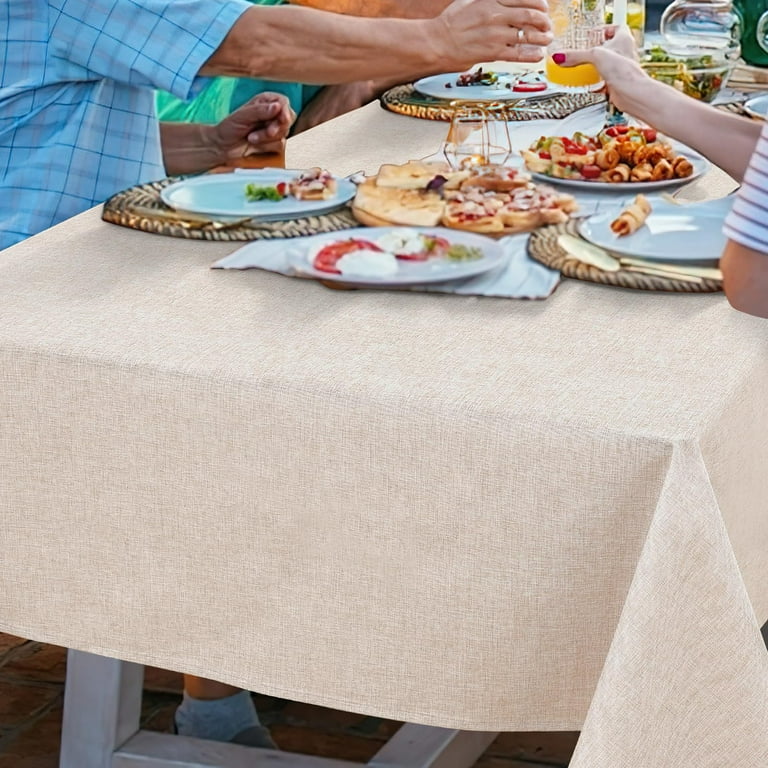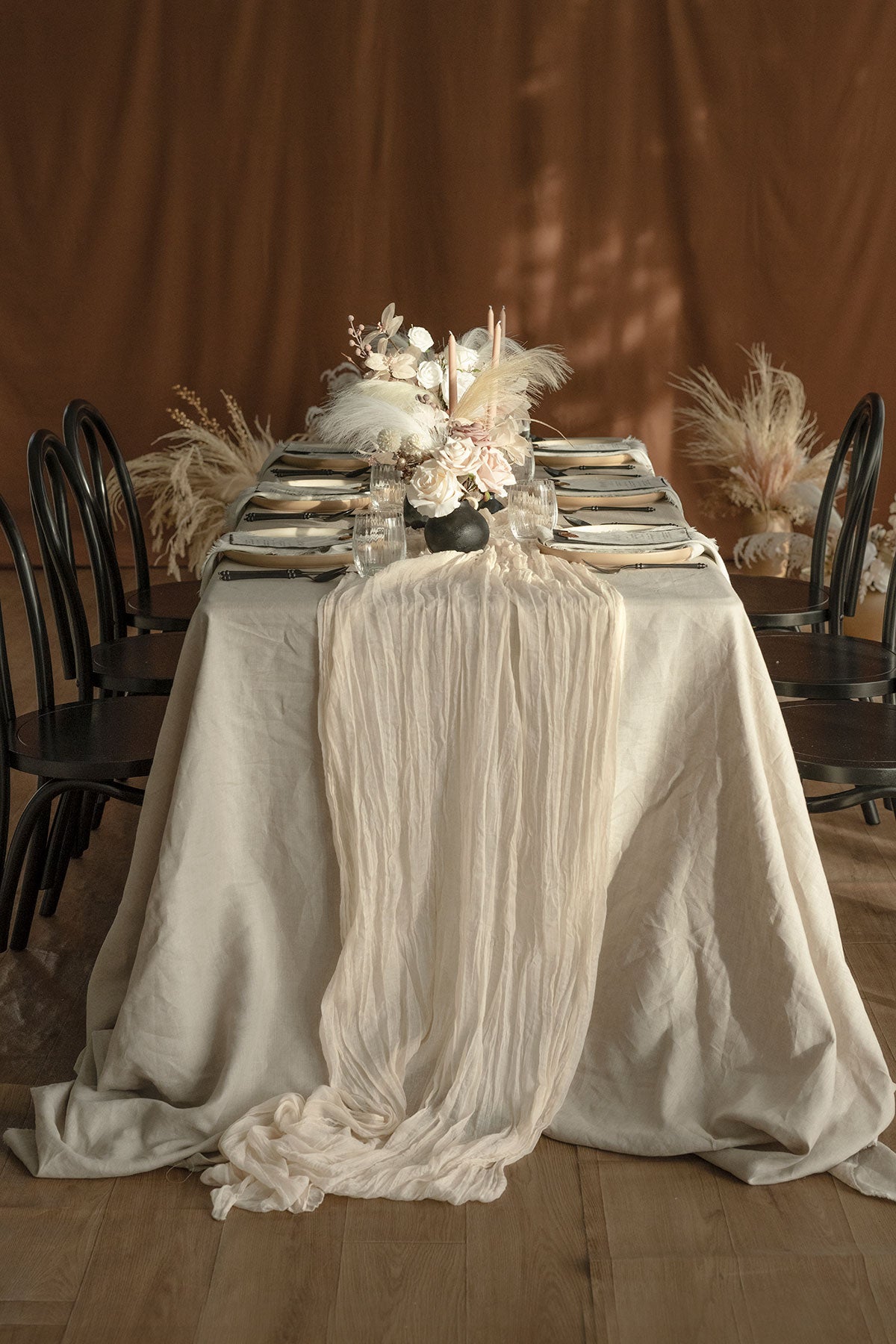Top-notch Flat Sheet Option: Convenience and Durability for every single Bed
Top-notch Flat Sheet Option: Convenience and Durability for every single Bed
Blog Article
Linen Material Advancements: Exploring Modern Trends and Creative Applications in Layout and Textile Sector
From lasting manufacturing techniques to innovative weaving innovations, the advancement of linen is reshaping the landscape of the textile sector. As we dive right into the realms of creative design applications and the introduction of linen blends and hybrid textiles, a new phase unfolds in which bed linen's duty in future fabric innovations takes center phase.
Sustainable Practices in Bed Linen Manufacturing
Sustainable techniques in bed linen production have become significantly important in the textile industry's efforts to lessen environmental effect and promote moral sourcing methods. Bed linen, a natural fiber stemmed from the flax plant, supplies an array of advantages such as biodegradability, breathability, and durability. Nonetheless, standard techniques of linen manufacturing can include significant water usage, pesticide usage, and energy-intensive procedures.
To deal with these challenges, lots of fabric suppliers are embracing sustainable techniques throughout the linen manufacturing process. This includes sourcing flax from natural ranches that stay clear of unsafe pesticides and chemicals, implementing water-efficient retting techniques to essence fibers from the flax stalks, and making use of eco-friendly dyes and coatings. In addition, some firms are buying sustainable energy sources to power their manufacturing centers and reducing waste via recycling and upcycling campaigns.
Technological Developments in Linen Weaving
With the expanding emphasis on sustainable practices in linen manufacturing, the fabric market is now observing a surge in technical advancements especially targeted at transforming the art of linen weaving. These technologies are improving the means linen materials are produced, providing raised efficiency, high quality, and creative thinking in weaving techniques.
Among the vital technical innovations in linen weaving is the assimilation of computerized looms. These advanced looms are furnished with software program that enables complex and elaborate layouts to be woven with accuracy. By digitizing the weaving procedure, producers can accomplish higher consistency and precision in their bed linen materials.
Moreover, innovations in yarn spinning technology have allowed the manufacturing of finer and more resilient bed linen threads - table cloths. This results in softer and smoother bed linen fabrics that maintain their high quality even after multiple usages and cleans
In addition, the growth of eco-friendly dyeing procedures and surfaces for bed linen textiles is getting grip. These sustainable practices not just lower the environmental influence yet additionally cater to the raising consumer need for fairly produced fabrics.
Creative Style Applications for Bed Linen
Innovative imaginative strategies are significantly forming the creative design applications for bed linen in the textile sector. Linen's all-natural visual charm and ability to mix with other materials make it a favorite choice for developing distinct garments and devices that cater to the ecologically aware customer.
Moreover, developers are try out linen in home decoration, utilizing its long lasting and breathable nature to craft fashionable home furnishings such as curtains, bed linens, and furniture. The texture and drape of linen bring a sense of class and comfort to indoor spaces, adding a touch of beauty to modern homes.

Bed Linen Blends and Crossbreed Fabrics

Crossbreed fabrics, on the other hand, take the principle of mixing an action even more by incorporating added elements such as metallic threads, recycled materials, or conductive fibers. These innovative fabrics not only increase the layout possibilities but also present useful facets like conductivity, antimicrobial residential properties, or boosted durability. Crossbreed textiles are increasingly being made use of in different sectors, consisting of fashion, interior design, and technological fabrics, where the need for multifunctional materials gets on the increase.
Linen's Function in Future Textile Innovations

In the world of future fabric innovations, linen is anticipated to be a principal in the advancement of innovative functional textiles. Scientists and developers are exploring ways to improve linen's integral high qualities through technical advancements, such as integrating clever textiles, nanotechnology, and efficiency finishes. These innovations intend to elevate bed linen's performance attributes, making it suitable for a wider range of applications, from activewear to safety clothes.
Moreover, the combination of linen with various other all-natural or artificial fibers opens up countless possibilities for producing unique textiles with unique residential or commercial properties and functionalities. By leveraging linen's qualities and checking out innovative blends, the fabric industry is positioned to present interesting developments that accommodate advancing consumer needs and sustainability needs.
Final Thought
Finally, the exploration of lasting practices, technical developments, creative layout applications, linen blends, and its function in future textile innovations highlight the constant development of linen textile in the modern-day design and textile market. With a concentrate on advancement and imagination, the adaptability and eco-friendly nature of linen make it a valuable material for suppliers and designers alike, leading the way for further advancements and developments in the area of textiles.
As we delve right into the worlds of innovative layout applications table cloths and the development of bed linen blends and crossbreed fabrics, a new chapter unravels in which linen's function in future fabric developments takes center stage.
Exploring the fusion of bed linen with other fabrics has actually led to the introduction of cutting-edge blends and hybrid textiles in the modern textile sector. Linen blends supply an one-of-a-kind combination of the characteristics of linen with those of various other fibers, resulting in materials that possess boosted residential properties such as boosted durability, improved draping, and decreased wrinkling.The development of bed linen blends and crossbreed textiles has set the phase for Bed linen to play a critical duty in driving future fabric innovations.In the realm of future textile developments, linen is expected to be a crucial gamer in the development of innovative functional materials.
Report this page